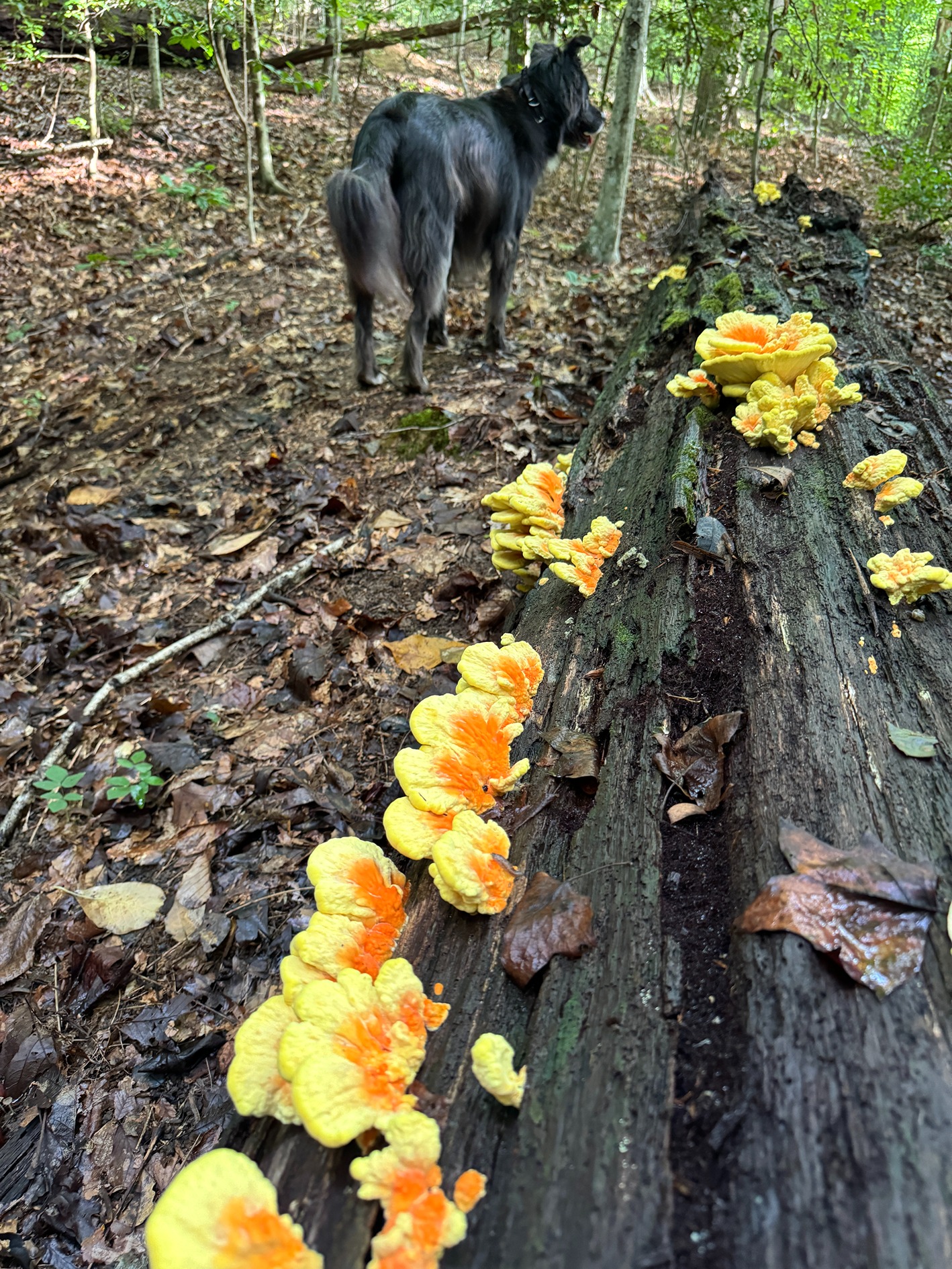
Taking advantage of fall pruning is a good way to prepare for new spring growth, but making sure you’re doing what’s right may not be so easy. A good arborist struggles almost daily, trying to do what’s best for trees, while also trying to meet the demands of homeowners. Our goal should almost always be: keep the cutting as conservative as possible, while decreasing a tree’s potential to cause damage to objects around it. There’s never a guarantee of structural safety, so doing what can be done to maintain tree health is important. This usually means we try to take the “less is more” approach when pruning.
Good tree work should never be measured by the quantity of material removed from a tree. There’s little point in pruning if the tree becomes overly stressed as a result. Often, the pruning that we’re asked to do isn’t really in the interest of the tree but more so in the interest of cost-effectiveness. “I want to cut as much now as possible so I don’t need to do it again for a long time.” Or perhaps, “I want to decrease the number of leaves I have to rake.” This seems reasonable from a spending perspective, but not at all from a health perspective (and leaves don’t really fall straight down). Other examples could be: “Should we cut the top off of the tree so if it were to fall, it won’t hit the house?” Sure, we could do this effectively, but is a tree’s structural integrity and health worth the compromise? An arborist would rather figure out ways of mitigating tree failure by ensuring a healthy root structure and possibly some pruning to help with weight and airflow management.
I often get asked about “tree balance” – while there is some logic to this, “balanced” trees don’t necessarily have the appearance of being asymmetrical. Balance is proven simply by the tree’s ability to stand on its own. Yes, a lean can be an issue, but usually not so much if the lean is the tree’s natural way of reaching for light, or “photo tropism”. Certainly, if a lean is the abiotic result of an impact or severe wind, then more drastic measures may apply, and possibly even a full removal.
“Please prune back anything that is over my house…” Limbs over your roof doesn’t always mean problems. Yes, you need airflow and light to the house to avoid things like mildew. But limbs over the roof may help decrease the impact and velocity of limbs that are higher up in the canopy (where wind breaks are likelier to occur).
“Thinning” a canopy may help light reach the lawn when trying to grow grass, but over-thinning will cause stress. This may stimulate epicormic growth along the trunk, thus defeating much of the purpose for the pruning altogether.
Another issue I regularly face is the desire to cut neighboring trees encroaching over property lines. This can be and is usually a tricky issue. But, a good arborist isn’t likely to be concerned with your neighbor’s limbs just because they’re over your property, unless of course it’s causing a real issue with safety.
It can sometimes be hard to figure out how to do what’s needed to prevent problems, but ensuring health usually covers most, if not all, of the bases.
First question should be, “am I doing this for my tree or for myself?”
I think before doing any pruning, it’s important to understand not only the why’s but also the consequences. Weigh the long term effects. Trees are not stationary, immobile objects. They will react to any kind of altering of normal growth habits. Therefore, it’s up to both homeowners and arborists to determine not only if pruning is needed, but also what the outcome or consequence is likely to be.


